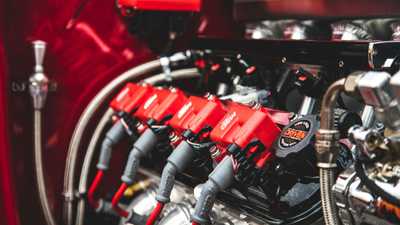Behind the scenes, AWS Lambda
Writing code and deploying it to AWS Lambda is as easy as baking a cake (depending on the type of cake). Lambda performs the heavy lifting for you, from provisioning to scaling. But where is the magic happening and how does it actually work under the hood? Lets find out together!
Lambda is split into a control plane and data plane. Each plane is responsible for a specific set of activities in the service. The Control Plane provides management APIs and manages integrations with all AWS services. Whilst the Data Plane is Lambda's Invoke API that triggers Lambda function invocations, this explanation is still very abstract but things will become clearer over time.
When deploying your Lambda function, you can either define a container image which is stored in Amazon ECR registry or deploy the code through a .zip file. You can specificy the location of an object in Amazon S3 by defining this in a CloudFormation template or through the CLI. If you're uploading the .zip through the console, it will be stored in an inaccessible S3 bucket. Function code which is uploaded using the ZIP format is optimized once, and then is stored in an encrypted format using an AWS-managed key and AES-GCM. Functions uploaded to Lambda using the container image format are also optimized. Your idle Lambda function is actually just stored as a .zip file residing in Amazon S3. The container image is first downloaded from its original source, optimized into distinct chunks, and then stored as encrypted chunks using an authenticated convergent encryption method which uses a combination of AES-CTR, AES-GCM, and a SHA-256 MAC. The convergent encryption method allows Lambda to securely deduplicate encrypted chunks. All keys required to decrypt customer data is protected using customer-managed AWS KMS Customer Master Key (CMK).













